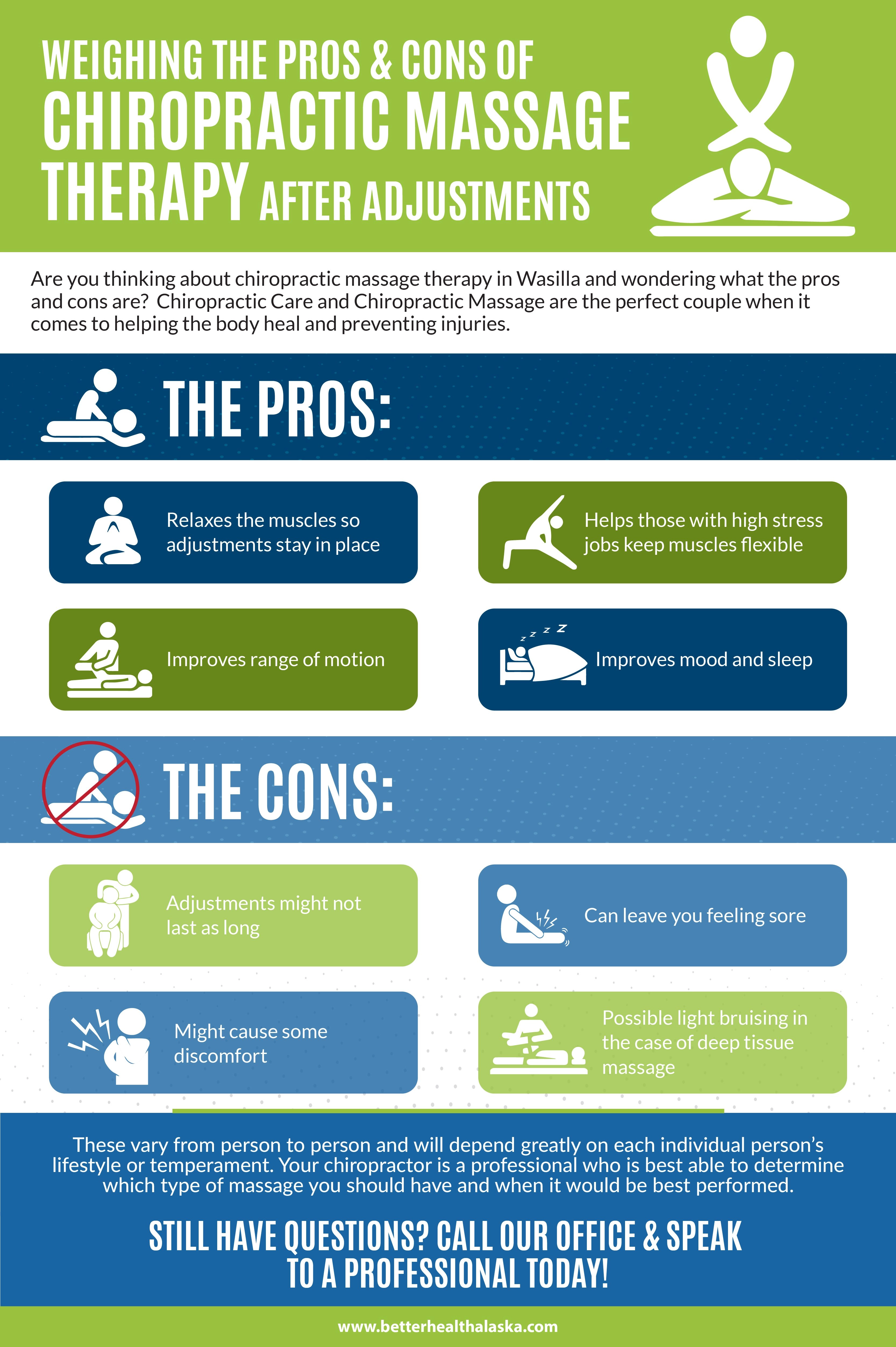Daily Practices That Result In Back Pain And Techniques For Avoidance
Daily Practices That Result In Back Pain And Techniques For Avoidance
Blog Article
Created By-Snyder Vogel
Preserving correct position and preventing usual risks in everyday activities can significantly impact your back health and wellness. From exactly how you sit at your workdesk to just how you lift hefty objects, small changes can make a big difference. Visualize a day without the nagging back pain that impedes your every step; the remedy may be less complex than you believe. By making a few tweaks to your daily habits, you could be on your way to a pain-free presence.
Poor Pose and Sedentary Lifestyle
Poor position and a less active lifestyle are two significant factors to pain in the back. When you slouch or hunch over while sitting or standing, you placed unnecessary stress on your back muscles and spinal column. This can lead to muscular tissue imbalances, stress, and ultimately, chronic pain in the back. Furthermore, sitting for long periods without breaks or physical activity can compromise your back muscles and lead to rigidity and discomfort.
To combat bad stance, make a mindful effort to rest and stand up right with your shoulders back and lined up with your ears. Keep in mind to maintain your feet flat on the ground and stay clear of crossing your legs for extended durations.
Incorporating routine extending and strengthening exercises right into your day-to-day regimen can also aid boost your pose and ease back pain related to a sedentary way of life.
Incorrect Training Techniques
Improper lifting methods can substantially add to neck and back pain and injuries. When you raise hefty items, remember to flex your knees and utilize your legs to raise, rather than depending on your back muscle mass. Stay clear of twisting your body while training and keep the things near to your body to decrease strain on your back. It's essential to preserve a straight back and stay clear of rounding your shoulders while raising to prevent unnecessary stress on your spine.
Constantly examine the weight of the item prior to lifting it. If it's too hefty, request aid or use equipment like a dolly or cart to deliver it securely.
Keep in mind to take breaks during lifting tasks to offer your back muscular tissues a possibility to relax and avoid overexertion. By applying correct training techniques, you can prevent pain in the back and lower the danger of injuries, guaranteeing your back remains healthy and balanced and strong for the long term.
Absence of Normal Workout and Stretching
A sedentary way of life lacking regular exercise and stretching can considerably add to back pain and pain. When you do not participate in exercise, your muscle mass end up being weak and inflexible, bring about bad posture and increased stress on your back. Discover More Here helps reinforce the muscular tissues that sustain your spinal column, enhancing security and lowering the danger of pain in the back. Including stretching into your routine can also enhance adaptability, avoiding rigidity and pain in your back muscle mass.
To avoid pain in the back brought on by an absence of workout and stretching, aim for a minimum of 30 minutes of moderate exercise most days of the week. Consist of exercises that target your core muscular tissues, as a strong core can aid relieve stress on your back.
Furthermore, take breaks to stretch and move throughout the day, particularly if you have a workdesk job. Simple stretches like touching your toes or doing shoulder rolls can assist alleviate stress and protect against back pain. Prioritizing normal workout and extending can go a long way in preserving a healthy back and reducing pain.
Conclusion
So, remember to sit up right, lift with your legs, and stay energetic to avoid back pain. By making straightforward adjustments to your everyday habits, you can prevent the discomfort and restrictions that come with back pain. Read Alot more for your spinal column and muscular tissues by exercising great stance, correct lifting methods, and normal exercise. Your back will certainly thank you for it!
